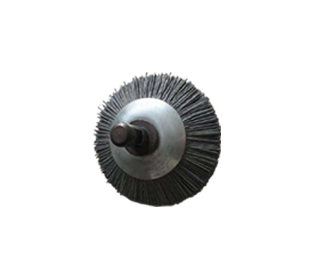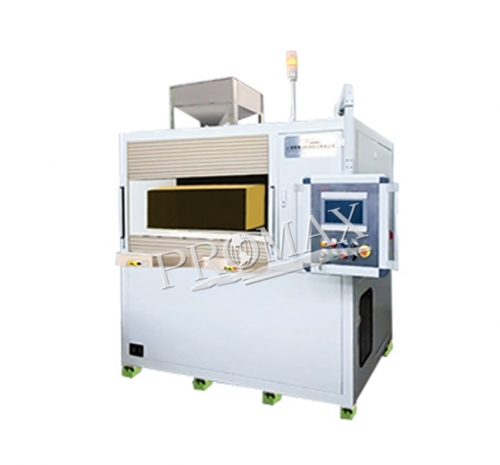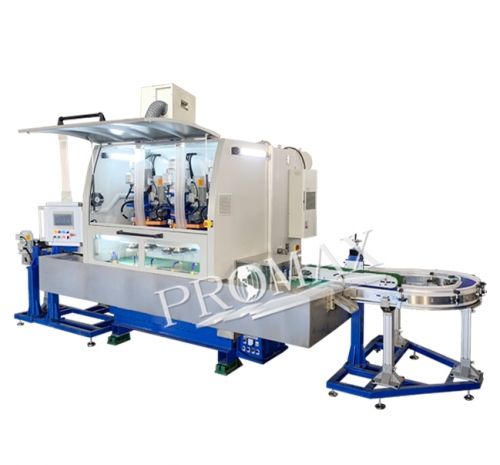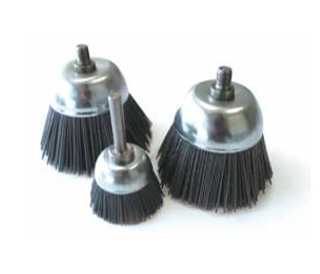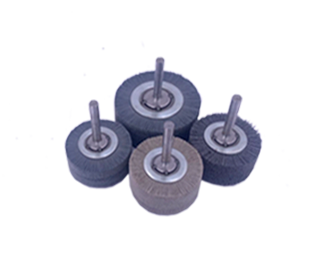Millions of millimeter-level wafers rely on it to "grind flat"! How precise can ultra-precision polishing be?
Millions of millimeter-level wafers rely on it to "grind flat"! How precise can ultra-precision polishing be?
A previous report said that it took scientists 5 years and spent nearly 10 million yuan to build a rounder sphere in the world. Let me show you what this sphere looks like.

Yes, it is such a big round ball, but its significance is very important. It represents the standard of 1kg mass unit. Of course, this 1kg pure silicon ball must also be ultra-precisely ground and polished during the manufacturing process, and precise measurement. Sphericality, roughness, quality, etc.
Today I will talk to you about this ultra-precision polishing process. Usually, we always talk about grinding and polishing together, because the roughness of the parts after these two processes is already very small. Let’s first understand the difference between them. the difference.
Grinding vs polishing
Grinding is to use abrasive particles coated or press-embedded on the grinding tool to precisely process the processed surface through the relative movement of the grinding tool and the workpiece under a certain pressure. Grinding can be used to process a variety of metal and non-metal materials. The processed surface shapes include flat surfaces, inner and outer cylindrical surfaces, conical surfaces, concave-convex spherical surfaces, threads, tooth surfaces and other profiles. The machining accuracy can reach IT5~IT1, and the surface roughness can reach Ra0.63~0.01 micron.
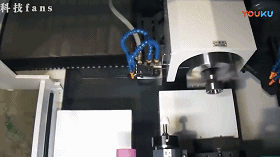
▲ Grind
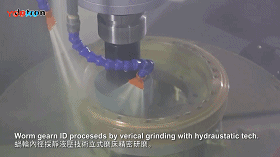
▲ Grind
Polishing is a processing method that uses mechanical, chemical or electrochemical effects to reduce the surface roughness of the workpiece to obtain a bright and smooth surface.
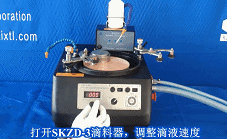
▲ polishing
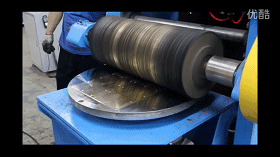
▲ polishing
The main differences between the two are:The surface finish achieved by polishing is higher than that of grinding, and chemical or electrochemical methods can be used. Grinding basically only uses mechanical methods, and the abrasive grain size used will be coarser than that used for polishing.
How important is the ultra-precision polishing process in modern manufacturing? Its application fields can directly explain the problem: integrated circuit manufacturing, medical equipment, auto parts, digital parts, precision molds, aerospace, etc.
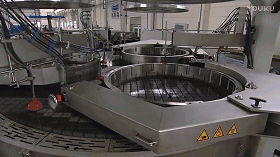
▲ Ultra-precision polishing、
For the modern electronics industry, ultra-precision polishing is its soul. Its mission in the modern electronics industry is not only to planarize different materials, but also to planarize multiple layers of materials so that a few millimeters of cubic silicon wafers can pass This kind of "global planarization" forms a very large scale integrated circuit composed of millions of transistors.
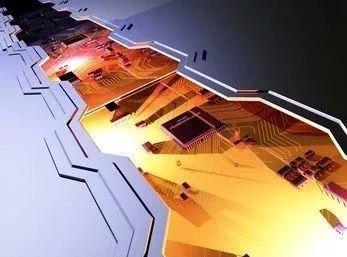
Take wafer manufacturing as an example. Polishing is the last step of the whole process. The purpose is to improve the tiny defects left by the previous process of wafer processing to obtain the best parallelism. I will show you the manufacturing process of the wafer first.

▲ The silicon wafer is grown by pulling method, and then it is polished and sliced.
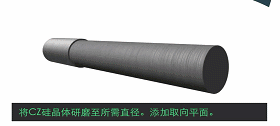
▲ Grind the silicon crystal to the required diameter

▲ Wire cutting into individual silicon wafers
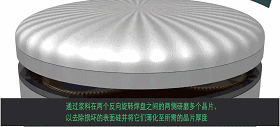
▲ Grind and thin a single silicon wafer
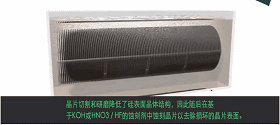
▲ Etched wafer

▲ Polishing wafers with microfiber slurry
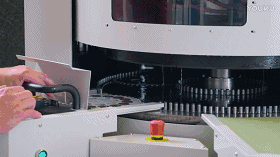
▲ Look at the polishing process again
In fact, for the polishing machine, the core component is the "grinding disc". Ultra-precision polishing has almost strict requirements on the material composition and technical requirements of the grinding disc in the polishing machine. Grade precision, but also a precise thermal expansion coefficient.
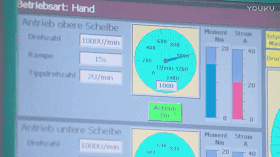
When the polishing machine is operating at high speed, if thermal expansion causes thermal deformation of the grinding disc, the flatness and parallelism of the substrate cannot be guaranteed, and the unit of the thermal deformation error that is not allowed to occur is nanometers.
However, ultra-precision polishing technology is only one type of ultra-precision processing technology. Ultra-precision processing technology also includes ultra-precision turning, mirror grinding, ultra-precision grinding, mechanochemical polishing, electron beam exposure, laser beam processing, ion sputtering, and Ion implantation, metal evaporation and molecular beam epitaxy, etc.

